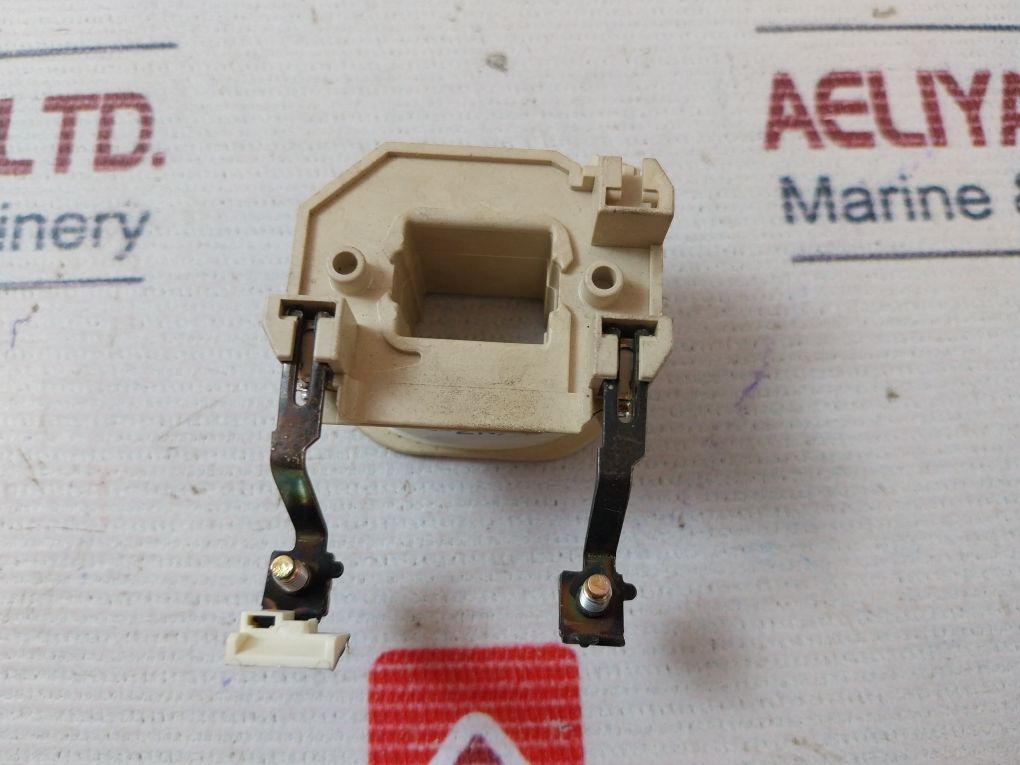

"A 21st century grid has to accommodate steadily rising electricity demand to power electric vehicles, heat pumps, industrial electrification and hydrogen electrolysis, and it needs to extend to new parts of the country to harness the best wind and solar resources. Now, demand for electricity is going to increase rapidly as efforts to respond to global warming and mitigate the effects of climate change ramp up.ĭemand for electricity in 2030 will be 14% to 19% higher than 2021 levels, according to an analysis from REPEAT(Rapid Energy Policy Evaluation and Analysis Toolkit), an energy policy project Jenkins is part of leading, and 27% to 39% higher by 2035, Jenkins said. transmission grid expanded at about 2% per year, Jenkins told CNBC. From the late 1970's through the early 2000's, the U.S. "Demand growth essentially dropped to 1 or 2% rather than seven and more or less stayed there," he told CNBC.

dramatically reduced its own energy demand.

"And they thought they would need generation and transmission coming out of the ears to cover future demands."īut during and after the oil shocks of the 1970's, the U.S. "Those were the times when California was planning to have a nuclear power plant every 100 miles or so up and down the coast, many more than they ended up building in reality, because they kept projecting 7% annual electricity demand increases, which they used to have in the 60s, into the indefinite future," Staschus told CNBC. In the 1960s and 1970s, electricity construction boomed in both the United States and in Europe, said Konstantin Staschus, who has been focusing on the issue of transmission for his entire career, both in California and Europe. "It would be such a waste to replace old assets with replacements of the same capacity and quality," Gramlich said. He advocates for replacing old infrastructure with advanced technology that can handle next generation transmission needs. "But consumers benefit from the cheap generation that transmission enables," Gramlich said. The combination of an aging infrastructure that needs costly upgrades and an energy grid doesn't go where clean - and cheap - forms of renewable energy are located is "unfortunately a double whammy for consumers," Gramlich told CNBC. It's easier to build solar panels close to where they are needed, but "not so for wind farms," Jenkins said.
NORTH AMERICAN ELECTRICAL GRID DRIVER
"That greater degree of variation in wind power potential means we need to build wind farms where it's really windy, and that tends to not be where too many people live! So wind power development is a big driver of expanded transmission needs," Jenkins told CNBC. That means the best wind power sites are eight times more productive than the worst ones, versus just twice as productive for solar," Jenkins said. "Wind turbine power scales with the wind speed cubed. That's especially true for tapping into the highest quality of wind energy, explained Princeton professor Jesse Jenkins, a macro-scale energy systems engineer. was built to serve that model of energy generation.Ĭlean energy sources, like wind and solar, do not release greenhouse gas emissions, but the energy generated must be moved from where the wind and sun are strongest to where the electricity is actually used. The system of transmission lines in the U.S. grew up through a patchwork of local utility companies meeting local demand, Rob Gramlich, the founder of Grid Strategies, told CNBC. In addition to the increasing age, the location of the existing transmission lines is a problem.įossil fuels like oil, coal and natural gas are typically transported by railroads or pipelines, then burned in power plants near cities. Replacing transmission infrastructure that's reaching its age limit is likely to costing an estimated $10 billion a year, according to the Brattle Group analysis.Īmerican Electric Power, an energy company that owns 40,000 miles of transmission miles, has said 30% of its transmission lines will need replacement over the next 10 years, as highlighted by a 2022 report from the transmission policy group, Grid Strategies. Transmission infrastructure lasts between 50 and 80 years, according to a 2021 presentation from the advisory firm, the Brattle Group. "Extreme weather events like the Dixie Wildfire, Hurricane Ida, and the 2021 Texas Freeze have made it clear that America's existing energy infrastructure will not endure the continuing impacts of extreme weather events spurred by climate change," the U.S. Personal Loans for 670 Credit Score or Lower Personal Loans for 580 Credit Score or Lower Best Debt Consolidation Loans for Bad Credit


 0 kommentar(er)
0 kommentar(er)
